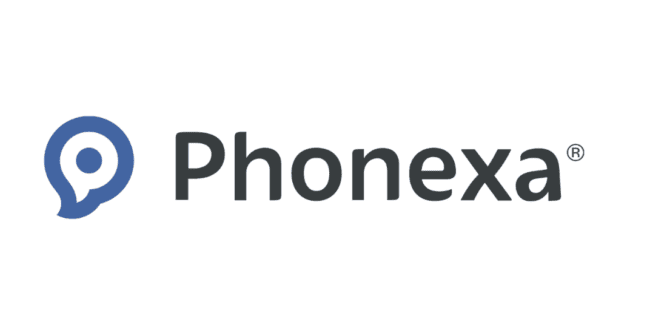Ad Fraud: The Silent Drain on Digital Marketing Budgets

Ad fraud is no longer a niche concern—it’s a global crisis siphoning billions from marketing budgets. According to Anura’s Global Ad Fraud Report, businesses lost over $140 billion to fraudulent activity in 2024, with projections indicating this figure could reach $200 billion by 2028. This means that for every $1,000 spent on digital advertising, approximately $250 is wasted on fake traffic and deceptive interactions.
Understanding ad fraud
Ad fraud encompasses deceptive practices that generate false interactions with digital ads—such as fake clicks, impressions, or conversions—to illicitly earn revenue. These fraudulent activities are often executed through bots, malware, or human-operated schemes, leading advertisers to pay for non-existent engagement. See our complete guide to Affiliate Fraud here.
The hidden costs
Beyond the immediate financial losses, ad fraud distorts campaign analytics, making it challenging to assess performance accurately. This skewed data can lead to misguided marketing strategies and wasted resources. Additionally, associating with fraudulent traffic can tarnish a brand’s reputation, eroding customer trust.
Common types of ad fraud
- Click fraud: Automated bots or click farms generate fake clicks on ads, depleting advertising budgets without delivering genuine engagement.
- Impression fraud: Ads are loaded but never actually viewed by real users, inflating impression metrics artificially.
- Lead fraud: Fake form submissions pollute CRM databases, leading to wasted follow-up efforts.
- Ad stacking: Multiple ads are layered on top of each other in a single ad placement, with only the top ad being visible, yet all are counted as impressions.
- Domain spoofing: Fraudsters disguise low-quality sites as premium inventory, misleading advertisers about where their ads are displayed.
Detecting ad fraud
Identifying ad fraud requires vigilance and the use of advanced detection techniques:
- Traffic analysis: Monitoring for unusual spikes in traffic or discrepancies between clicks and conversions can indicate fraudulent activity.
- Geographical inconsistencies: Traffic originating from unexpected locations may be a red flag.
- High bounce rates: A significant number of users leaving a site immediately after arrival could suggest non-genuine traffic.
Implementing real-time detection systems and partnering with transparent ad networks are crucial steps in combating ad fraud.
Prevention strategies
To safeguard against ad fraud, businesses should:
- Use advanced monitoring tools: Employ real-time detection systems to monitor traffic and identify anomalies.
- Engage with reputable partners: Collaborate with ad networks and partners that adhere to strict industry standards and have certifications from bodies like the Trustworthy Accountability Group (TAG).
- Regularly audit campaigns: Consistently review and analyse campaign data to detect and address fraudulent activities promptly.
Choosing the right solution
Selecting an effective ad fraud detection solution is vital. Anura, for instance, offers a platform with a 99.999% accuracy rate in identifying fraudulent traffic, ensuring that legitimate users are not mistakenly blocked. Their deterministic, evidence-based approach provides definitive results, helping businesses protect their advertising investments effectively.
Final thoughts
Ad fraud poses a significant threat to digital marketing efforts, draining budgets and distorting performance metrics. By understanding the various forms of ad fraud, implementing robust detection and prevention strategies, and choosing reliable solutions, businesses can protect their advertising spend and ensure their campaigns reach genuine audiences.






